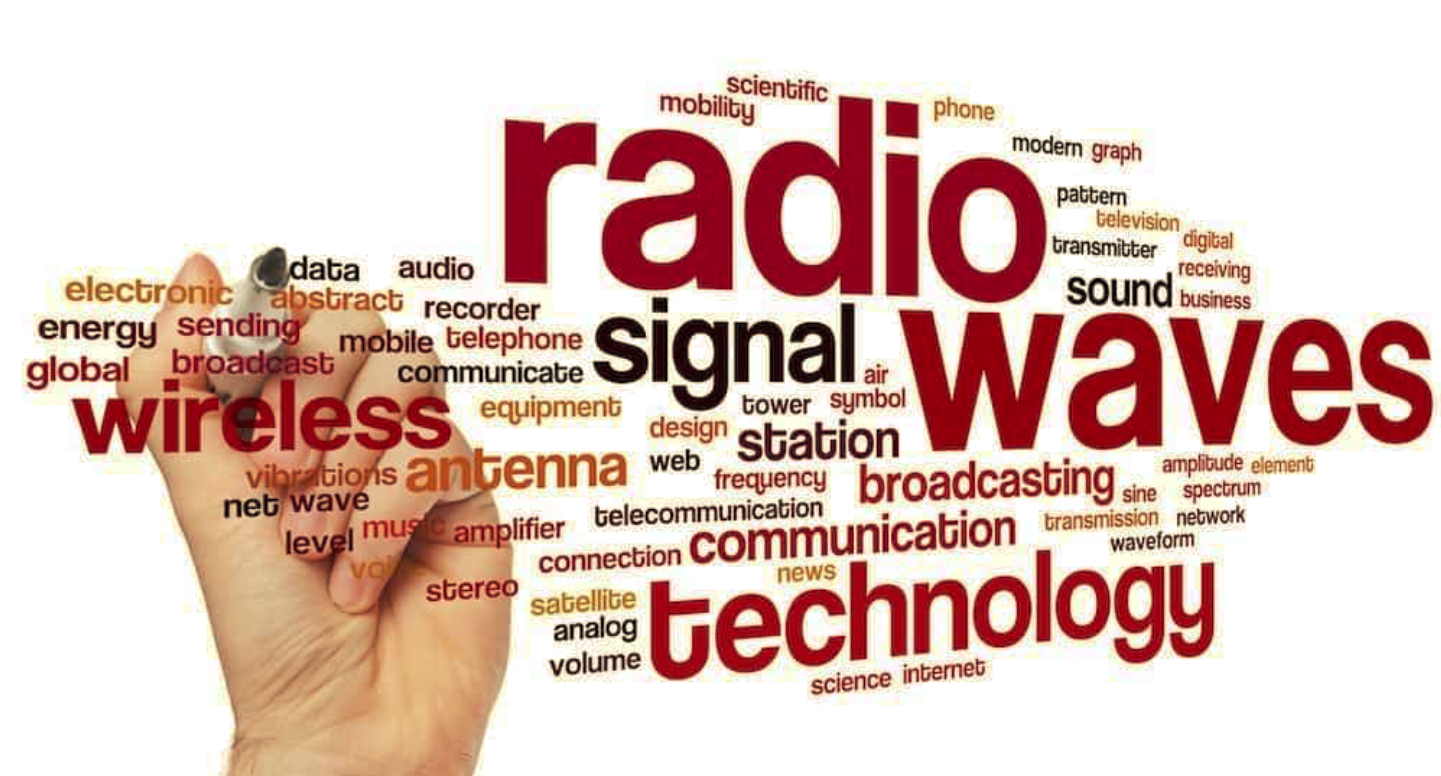One way to interpret this is that we have two guidelines, one to prevent heating and, a more restrictive guideline, to prevent biological effects, some of which can have serious health consequences.
What is striking is that what we used to call microwave sickness (group of symptoms associated with radar workers) has been called neuroasthenia (feeling unwell) and is now called electrohypersensitivity. In all cases the symptoms are associated with exposure to radio frequency radiation initially radar; then RF heat sealers and computers; and more recently various sources of wireless technology including mobile phone, broadcast, and WiFi or WiMax antennas, wireless routers, smart meters, etc.
The specific biological and health effects, provided in Glaser 1972, are listed below:
A. Heating of Organs* (Applications: Diathermy, Electrosurgery, Electrocoagulation, Electrodesiccation, Electrotomy)
This includes heating of the whole body or part of the body like the skin, bone and bone marrow, lens of the eye with cataracts and damage to the cornea; genitalia causing tubular degeneration of testicles; brains and sinuses; metal implants causing burns near hip pins etc. These effects are reversible except for damage to the eye.
B. Changes in Physiologic Function
This includes contraction of striated muscles; altered diameter of blood vessels (increased vascular elasticity), dilation; changes in oxidative processes in tissues and organs; liver enlargement; altered sensitivity to drugs; decreased spermatogenesis leading to decreased fertility and to sterility; altered sex ratio of births in favor of girls; altered menstrual activity; altered fetal development; decreased lactation in nursing mothers; reduction in diuresis resulting in sodium excretion via urine output; altered renal function; changes in conditioned reflexes; decreased electrical resistance of skin; changes in the structure of skin receptors; altered rate of blood flow; altered biocurrents in cerebral cortex in animals; changes in the rate of clearance of tagged ions from tissues; reversible structural changes in the cerebral cortex and diencephalon; changes in electrocardiographs; altered sensitivity to light, sound, and olfactory stimuli; functional and pathological changes in the eyes; myocardial necrosis; hemorrhage in lungs, liver, gut and brain and generalized degeneration of body tissue at fatal levels of radiation; loss of anatomical parts; death; dehydration; altered rate of tissue calcification.
C. Central Nervous System Effects
This includes headaches; insomnia; restlessness (daytime and during sleep); changes in brain wave activity (EEG); cranial nerve disorders; pyramidal tract lesions; disorders of conditioned reflexes; vagomimetic and sympathomimetic action of the heart; seizure and convulsions.
D. Autonomic Nervous System Effects
Altered heart rhythm; fatigue, structural alterations in synapses of the vagus nerve; stimulation of the parasympathetic nervous system leading to Bradycardia and inhibition of the sympathetic nervous system.
E. Peripheral Nervous System Effects
Effects on locomotor nerves.
F. Psychological Disorders
Symptoms include neurasthenia (general bad feeling); depression; impotence; anxiety; lack of concentration; hypochondria; dizziness; hallucinations; sleepiness or insomnia; irritability; decreased appetite; loss of memory; scalp sensations; fatigue; chest pain, tremors.
G. Behavioural Changes in Animals Studies
Effects include changes in reflexive, operant, avoidance and discrimination behaviours.
H. Blood Disorders
Effects include changes in blood and bone marrow; increased phagocytic and bactericidal functions; increased rate of hemolysis (shorter lifespan of cells); increased blood sedimentation rate; decreased erythrocytes; increased blood glucose concentrations; altered blood histamine content; changes in lipids and cholesterol; changes in Gamma Globulin and total protein concentration; changes in number of eosinophils; decrease in albumin/globulin ratio; altered hemopoiesis (rate of blood corpuscles formation); leukopenia (increased number of white blood cells and leukocytosis; reticulocytosis (increase in immature red blood cells).
I. Vascular Disorders
This includes thrombosis and hypertension.
J. Enzyme and Other Biochemical Changes (in vitro)
Changes in the activity of cholinesterase (also in vivo); phosphatase; transaminase; amylase, carboxydismutase; denaturation of proteins; inactivation of fungi, viruses, and bacteria; killed tissue cultures; alterated rate of cell division; increased concentration of RNA in lymphocytes and decreased concentration of RNA in brain, liver and spleen; changes in pyruvic acid, lactic acid and creatinine excretions; changes in concentration of glycogen in liver (hyperglycemia); altered concentrationsof 17-ketosteroids in urine.
K. Metabolic Disorders
Effects include glycosuria (sugar in urne); increase in urinary phenols; altered processing of metabolic enzymes; altered carbohydrate metabolism.
L. Gastro-Intestinal Disorders
Effects include anorexia; epigastric pan; constipation; altered secretion of stomach digestive juices.
M. Endocrine Gland Changes
Effects include altered functioning of pituitary gland, thyroid gland (hyper-thyroidism and enlarged thyroid, increased uptake of radioactive iodine), and adrenal cortex; decreased corticosteroids in blood; decreased glucocorticoidal activity; hypogonadism (with decreased production of testosterone).
N. Histological Changes
Changes in tubular epithelium of testicles and gross changes.
O. Genetic and Chromosomal Changes
Effects include chromosomal aberrations (shortening, pseudochiasm, diploid structures, amitotic divisions, bridging, “stickiness”; irregularities in chromosomal envelope); mutations; mongolism; somatic alterations (not involving nucleus or chromosomes); neoplastic diseases (tumors).
P. Pearl Chain Effect
This refers to intracellular orientation of subcellular particles and orientation of cellular and other (non-biologic particles, i.e. mini magnetics) affecting orientation of animals, birds, and fish in electromagnetic fields.
Q. Miscellaneous Effects
These include sparking between dental fillings; metallic taste in mouth; changes in optical activity of colloidal solutions; treatment for syphilis, poliomyelitis, skin diseases; loss and brittleness of hair; sensations of buzzing, vibrations, pulsations, and tickling about head and ears; copious perspiration, salivation, and protrusion of tongue; changes in the operation of implanted cardiac pacemakers; changes in circadian rhythms.
Documents by Title
